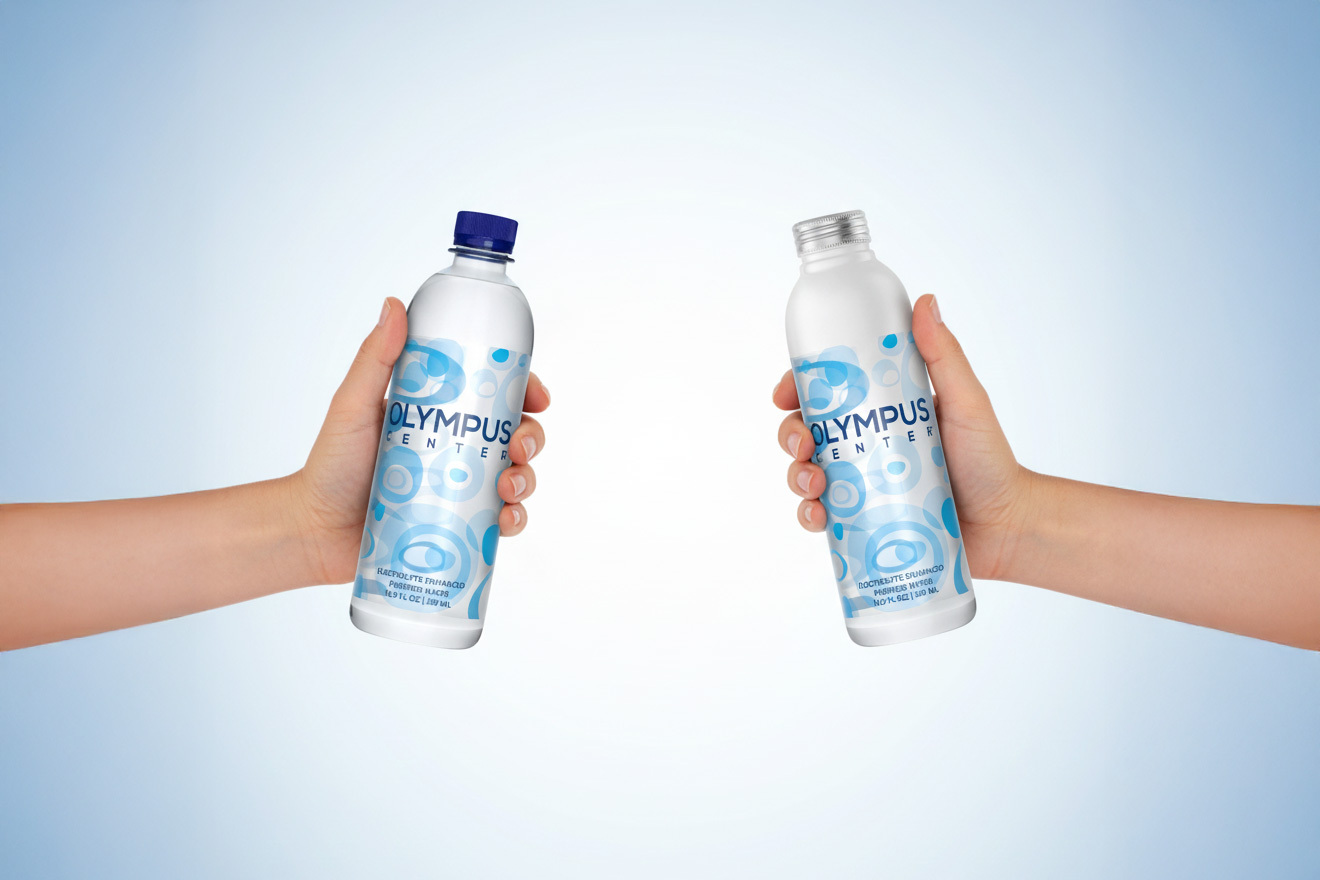What’s In Your Water? Microplastics, Apparently, But How Concerning Should That Be?


Reviewing the potential risks of microplastics in drinking water, the World Health Organization (WHO; Geneva, Switzerland) analyzed the content of some of the world’s most popular bottled water brands and found that more than 90% contained tiny pieces of microplastics (between 0.33 and 5 mm).
The study, reported a year ago, analyzed 259 bottles from 19 locations in nine countries across 11 different brands and found an average of 325 microplastic particles in every liter of water being sold. Only 17 of the 259 bottles tested were free of microplastics, said an article in British newspaper the Guardian. One bottle of Nestlé Pure Life reportedly had microplastic concentrations as high as 10,000 pieces per liter of water.
The tests were performed by scientists at State University of New York (SUNY), who were commissioned by journalism project ORB Media to analyze bottled water. The most common plastic particle found was polypropylene. The Guardian’s article did not note that the study had not been published in a journal at that time and had not been through scientific peer review. Additionally, a WHO spokesperson told the Guardian that there was not—at that time—“any evidence” of impact on human health.
READ ENTIRE ARTICLE HERE.






